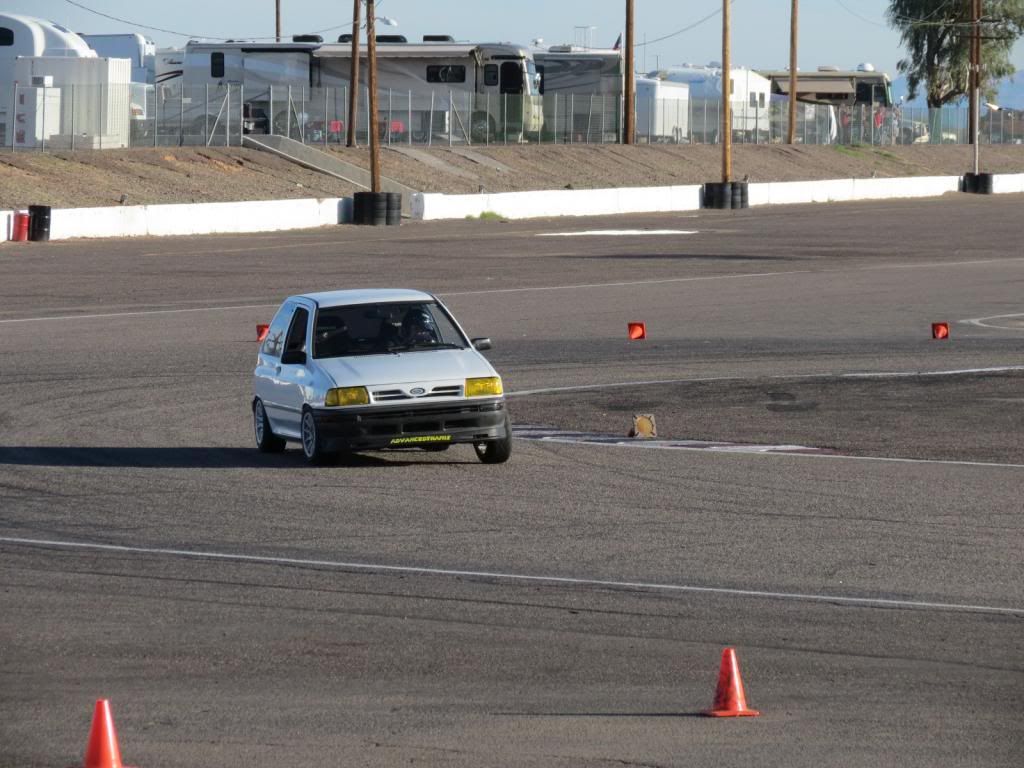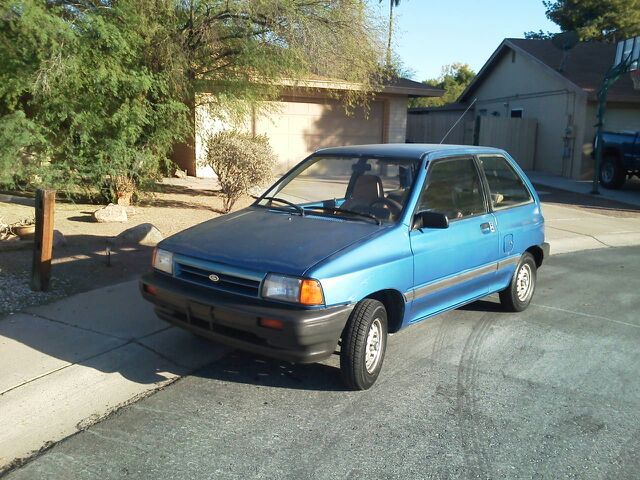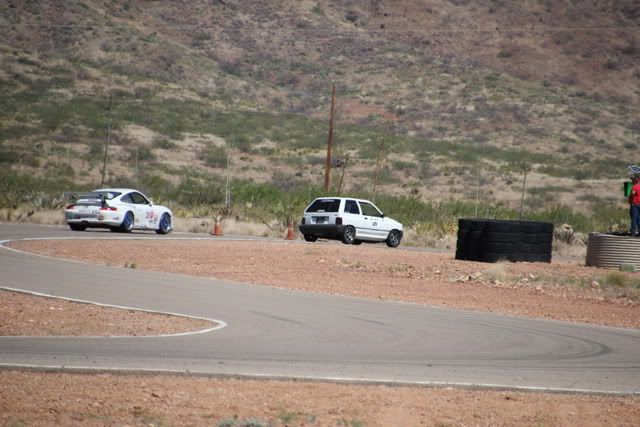Originally posted by Advancedynamix
View Post
Announcement
Collapse
No announcement yet.
Cornering speed question
Collapse
X
-
.....and one Porsche driver LOLing all the way around the course, vowing to drive only Festivas from now on.90 Festy (Larry)--B6M (Matt D. modified B6 head), header, 5-speed, Capri XR2 front brakes, many other little mods
09 Kia Rondo--a Festy on steroids!
You can avoid reality, but you can't avoid the consequences of avoiding reality--Ayn Rand
Disaster preparedness
Tragedy and Hope.....Infowars.com.....The Drudge Report.....Founding Fathers.info
Think for yourself.....question all authority.....re-evaluate everything you think you know. Red-pill yourself!
-
Yup, thats why i was wondering if anyone had done a before and after on the same corner. But it sounds like my technique was all wrong. I would come in at a moderate speed, make sure i wasnt going to die, then accelerate. My rear struts were blown for a long time and i got used to driving it like that but it wasnt something i ever wanted to push too hard. When the rear started swinging over while going over rumble strips on dry pavement i replaced them and discovered that they were so bad the centre tube couldnt even hold itself up, they both fell inside the strut body. Pull em up and they would fall right back. I was done with the crazy driving by the time i did that though. I would however love to go back in time with a good festiva and stay right on his bumper or pass him on the inside or something and see the look on his faceOriginally posted by Advancedynamix View PostThe difference in corner speed depends on the corner and how the car is driven. With a good quality tire and a properly setup suspension, you can easily hang with an NSX around tight corners, if you drive the Festiva correctly.
The Festiva chassis (like all fwd cars) is a momentum chassis. These cars work best when coming into the corner fast. If you come in slow and throttle through the apex like a RWD, it's going to push, however if you come in fast and decel through the apex and throttle out, the car can pivot and rotate controllably. More momentum through the corner means you don't need to accelerate as hard coming out. Better shock valving, lower ride height and less droop in the rear all work to stabilize the chassis. A more stable chassis is easier to manage at any speed.

The stock suspension makes it hard to have the confidence to drive fast into a corner. The body roll and loose valving make the car feel tipsy and unstable. This also removes weight from the inside front wheel, which reduces the amount of control you have with the throttle. With this said, a professional FWD rally driver could pass a good driver in an NSX (in tight corners) on stock festiva suspension, but probably not with stock 12" tires. The tires are the weakest link. I consider the stock 12" tires unsafe, even at the speed limit.

Most importantly, you need to fix the problem area of the suspension. The aftermarket loves to sell springs and sway bars to make the suspension more rigid and therefore feel more controllable. This rigid setup is often times not better than stock though, because it comes at the cost of traction. A rigid chassis doesn't conform well to the road surface and can never hold the road like a compliant chassis. The trick isn't to paralyze the suspension, but to tune it and learn to use it. This requires carful tuning of the dampener valving and shock lengths, as well as an appropriately matched spring rate and style of spring.
When properly tuned, a Festiva chassis can hold the road better than most modern sports cars and supercars. It has been proven.


Sent from my SM-G920W8 using Tapatalk
Comment
Comment